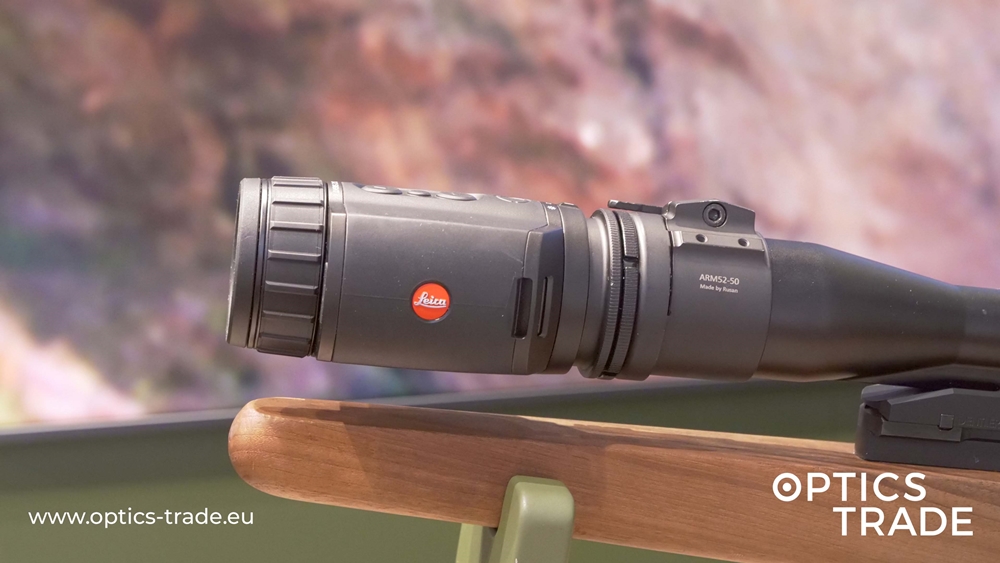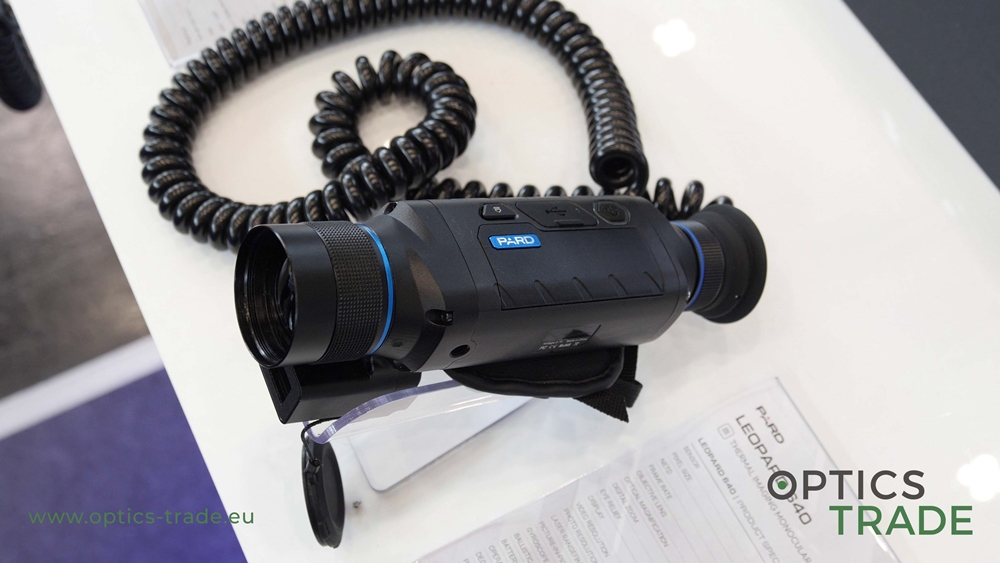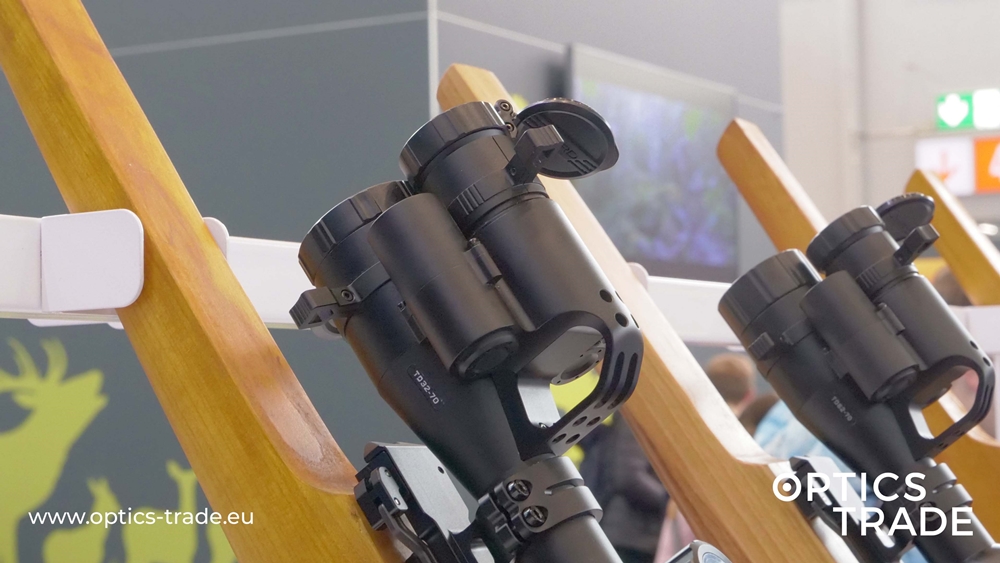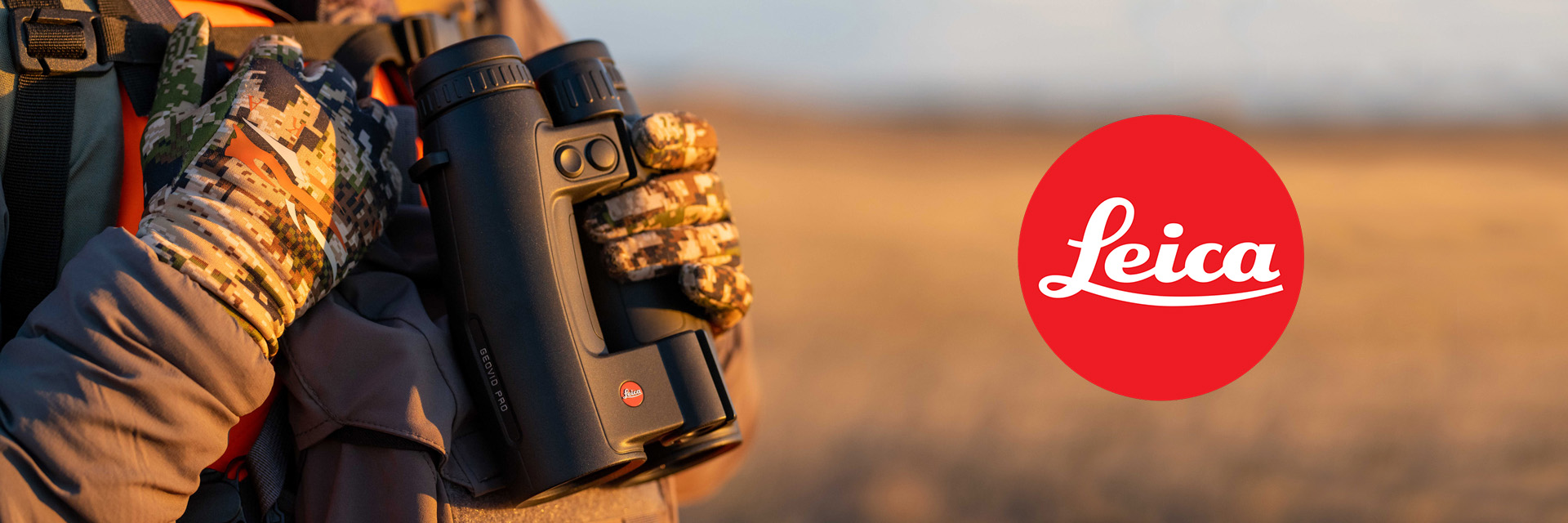This time, we decided to present and compare two thermal monoculars from the manufacturer Pulsar, the Helion and Lexion models.
The Helion series has been on the market for some time. These thermal monoculars are intended for the general market.
The Lexion series is a novelty on the market. The devices are intended for professional services, such as police, paramedics, firefighters, security guards, etc. They are not available for the general public.
Differences between the two series
We first highlight the differences between the two series.
- Lexion is intended for professional use only,
- Lexion does not have the option of changing the lens (this option is offered by Helion XP),
- Lexion is much more robust and is therefore suitable for more demanding applications,
- the Lexion kit includes a 3xAA rechargeable battery pack,
- for Lexion, only XP models are available, while for the Helion series you can choose between XP and XQ.
- The eyepiece in the Lexion models is plastic and not made of rubber as with the Helion products, which gives it extra robustness.
Common features of both series
Helion and Lexion XP devices boast an uncooled 640 x 480 pixel resolution sensor. The pixel size is 17 µm, which allows for accurate observation. Helion XQ models have a resolution of 384 x 288 pixels.
All models are equipped with a recorder that allows video recording and image capture during observation. Video and photo files stored in the internal memory can be transferred to a computer or phone via cable or Wi-fi connection.
The display has been upgraded – in both devices it has been replaced by a more durable and powerful AMOLED display. The displays in both models are effective for use even at very low temperatures (down to -25 °C) thanks to the AMOLED frost-resistant display.
Both devices provide the ability to observe at a distance of up to 1800 meters and have the ability to detect a human figure (1.8 x 0.5 m) at a distance of up to 1800 meters, depending on the model.
Helion and Lexion devices offer image enlargement with a digital zoom up to 8X, depending on the model.
Due to the high refresh rate of the image (50 Hz), they enable dynamic use, which really shines during the rapid movement of the observer or the object of observation.
They have a built-in “Display Off” function, which allows for the necessary level of concealed use (without light in the eyepiece of the device) during observation, as well as a quick restart of observation (when the display is off, all other systems work).
They are equipped with effective sensor temperature stabilization. The radiator plate mounted on the housing of the device effectively prevents overheating of the sensor and other components, while significantly reducing the sensitivity of temperature and noise, especially during calibrations.
Helion and Lexion include a progressive autonomous B-Pack power supply unit, consisting of an easily detachable charging package IPS5, 5 Ah, designed to give you about 8 hours of operation. More powerful IPS7, IPS10, IPS14 battery packs and CR123A and AA battery housings are also available, providing a complete off-grid power supply solution. The Lexion model already includes a 3xAA rechargeable battery pack in the basic package.
Both models have a built-in stadiametric distance gauge in the form of a cross, which allows to estimate the distance to the observed objects of known height (for example: deer – 1.7 m, boar – 0.7 m, hare – 0.3 m) with satisfactory accuracy.
Pulsar’s ‘Image Boost’ technology is powered by software algorithms, designed to increase image clarity and provide more details in the image. Consequently, the image is sharper, allowing for a better detection.
8 Colour modes are available, ‘White Hot’ and ‘Black Hot’ being the most popular ones. The transition from the chosen mode to the standard ‘White Hot’ mode is simple and quick.
The PiP function (Picture in Picture) allows the user to zoom in only the chosen part of the image. This allows a careful inspection of the desired object while retaining a wide field of view.
Both devices can be connected to a mobile phone via Wi-fi. An app called Stream vision must be downloaded from Google Play or Apple App Store, based on the used operating system. With the app, the user can view the image seen through the monocular on the mobile phone in real time, remotely control the device via the mobile phone, and stream the image to Youtube.
Both devices can also be controlled with the Pulsar wireless remote control.





